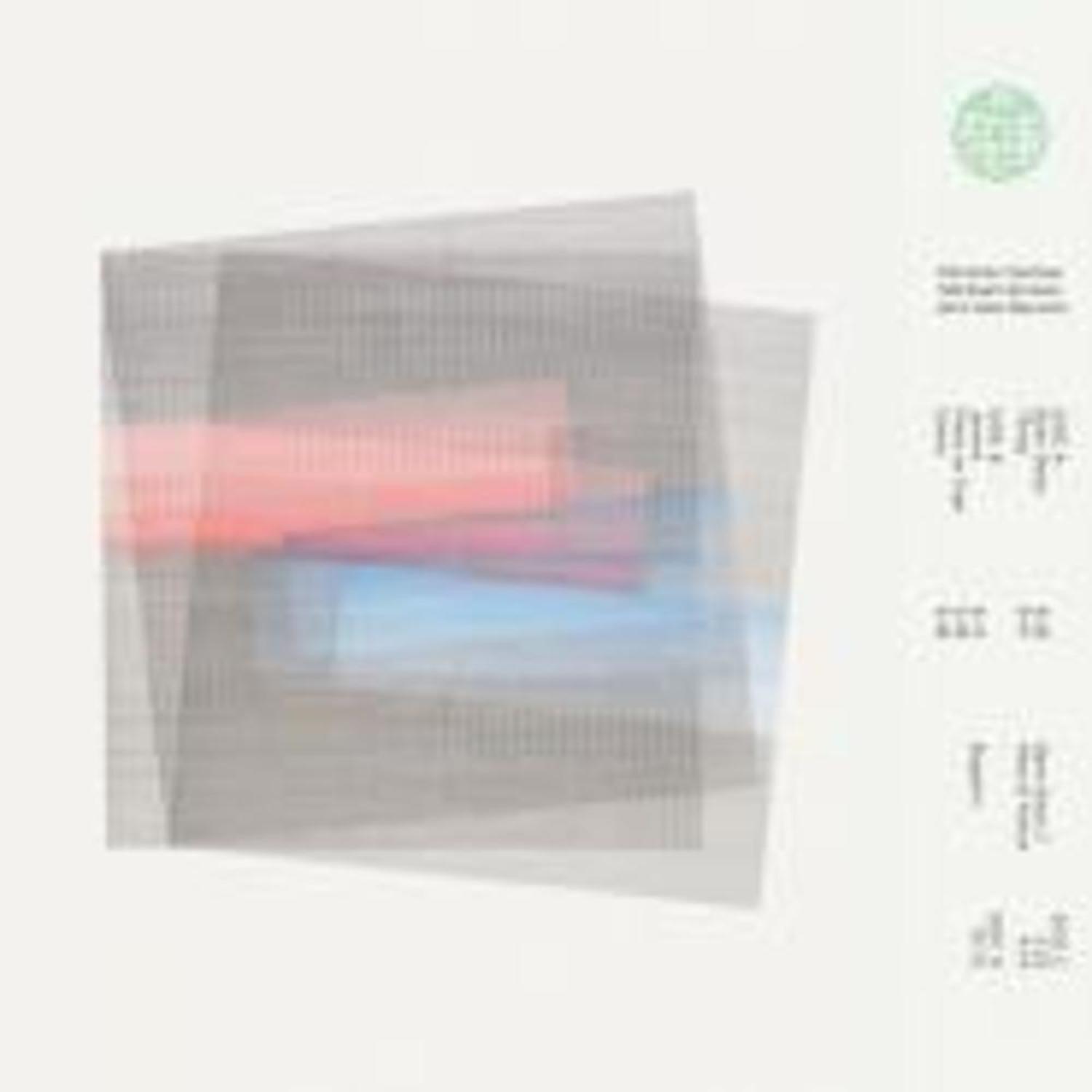Hristina Vantzou / Michael Harrison / John Also Bennett
S/T
(2LP)
2X12 Inch LP

Wave / Pop / Experimental
A suite of raga-inspired compositions and improvisations that grew from a fertile collaboration between Christina Vantzou, Michael Harrison and John Also Bennett centered around a devotion to just intonation tuning, deep listening, and resonant spaces.
Michael Harrison is a composer and pianist who is a dedicated practitioner of just intonation and North Indian classical music. He was La Monte Young's protégé and piano tuner during The Well-Tuned Piano years and a disciple of Pandit Pran Nath, and has since developed his own customized tuning systems. Guided by conversations with Christina Vantzou, who provided structural frameworks for each piece and directed the sessions, the compositions drew from Harrison's daily raga practice, using its ancient forms as starting points from which the compositions could blossom and morph. A resonant backdrop of modular synthesizers played by John Also Bennett, who also contributed piano improvisations played on Harrisons custom tuned Steinway concert grand, expanded the sessions into true collective praxis.
As noted by Parul Gupta, a conceptual artist based in New Delhi who contributed the stunning artwork for the album, the songs feel like an extension of silence. The notes from the piano emerge, resonate, and dissolve in measured and meditative sonic fields, allowing for a concentrated listening experience where every sound lives, breathes, and ultimately returns to silence. Contained within these aural ecologies are potentialities that emerge from a collective listening and improvising experience, and a resonant rebuttal of the standard equal tempered tuning system that has dominated Western music for centuries.
This release collects the verdant recordings from the trios 2019 Berlin sessions on two 45rpm records, accompanied by a risograph printed insert featuring track credits and Harrisons handwritten tuning charts used on the album.
Artist Statement
An observer, a pianist and a synthesist form a triangle. The observer (Christina) is both witness and guide, the pianist (Michael) is precise and intuitive, and the synthesist (John) provides a palate of drones which offer increased resonance and a supportive framework. The piano has been carefully prepared to become a resonant body. This enhancement was achieved by tuning it to two of Michaels just intonation tunings, based on his work, Revelation, and North Indian classical music, or ragas. These tunings maintain mathematically precise intervals. In place of voice, sitar or tabla, is the piano, and in place of the tanpura, is the synthesizer. Playing ragas is an ancient practice of structured improvisation. Time, knowledge and memory interplay in the body and mind of the practitioner and this is a large part of the raga practice. The raga combines with muscle memory and personal aesthetics to individuate results. Through the formation of a trio, multiple perspectives and timelines collapse and the raga mutates again. These twists and turns seem to only fall back on themselves as the raga shows us that there are multiple
compositions already stored in our collective memory. They blossom, morph and spring forth like nature.
Nothing was written down to execute these recordings. The simplest forms were explored in the least complicated way. The first reflection of this process is what happens in the mind and body of the listener. The observer is always observing. Regions of sound tap into memory and imagination and the sound of the raga itself becomes a prismatic event.[info sheet from distr.]